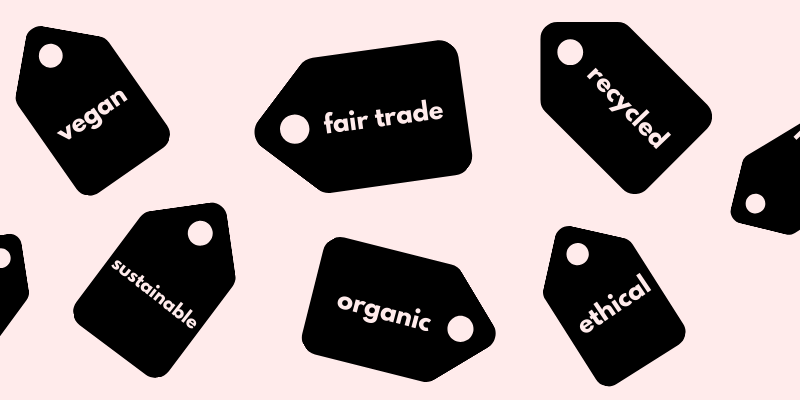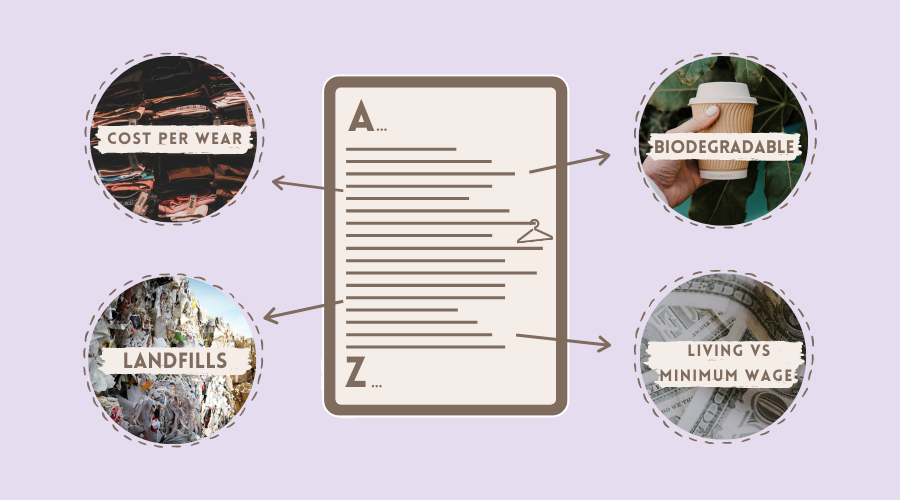 Vegan, fair & duurzamer shoppen in Nederland 4.8
Vegan, fair & duurzamer shoppen in Nederland 4.8 



 Bekijk reviews
Bekijk reviews16x Vegan & Sustainable Materials In Fashion
 Polly
Polly
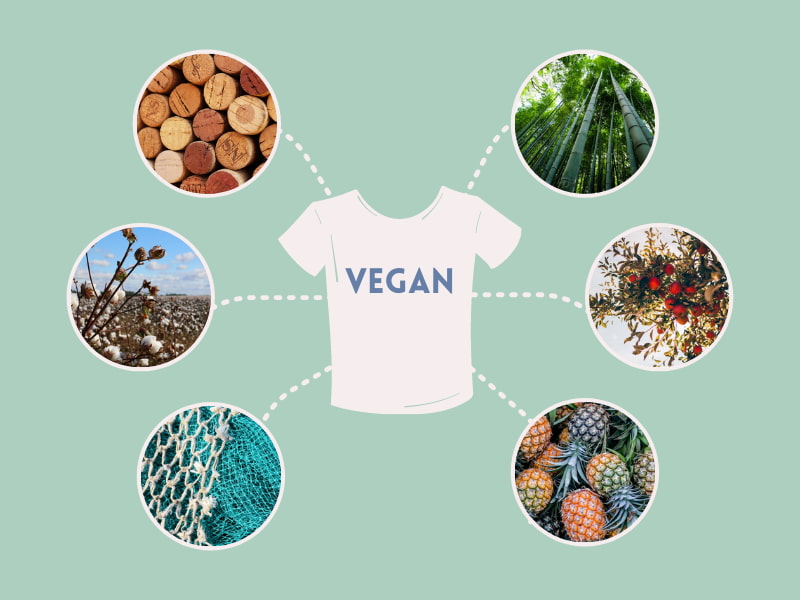
In our online department store, you can find ethical, sustainable and vegan fashion, cosmetics and homeware products. But did you know that you can filter your search by materials?
To help you with making the best purchase based on what you value the most, we made a short, easy-to-read summary of vegan materials you might be interested in.
This article is a work in progress – and we are working very hard on constantly adding new vegan materials to the list. So, if you would love to learn more about vegan materials in fashion, this is your go-to article. Let's dive in!
In this article, you can learn more about:
Apple Leather
What is Apple Leather?
Apple leather is an innovative vegan and more sustainable alternative to animal leather (because the leather industry is extremely unethical and unsustainable). Apple peel leather is a fine, authentic leather-like grain – hardly distinguishable from animal leather products.
The cores and skins discarded from the food industry are used to make apple leather.1 The organic waste from apples is puréed, spread on a sheet and left to dehydrate to get rid of the moisture. This makes a flexible leathery sheet. Then, it is combined with water and natural glue to create apple leather.
Polluting emissions are significantly reduced because organic waste is not burnt. Instead, it is used to make apple peel leather.2 However, certain brands currently combine apple peel with plastic-based materials such as polyurethane (PU) or polyvinyl chloride (PVC). They serve as a binding agent in the synthetic blend.
The article continues below this image.

Booths made with apple leather from Venus Is Vegan
So, apple leather might not be as sustainable as we might believe. But it is absolutely better than animal leather or leather made just out of synthetic materials.
The good news is: the apple leather industry has the potential to become even more sustainable by increasing the apple portion in the product. So, definitely keep an eye on it.
You can find our apple leather collection in our department store by simply using the materials filter option. It mostly consists of wonderfully-looking shoes, sneakers, bags and watch straps. If apple leather doesn't do it for you, don't worry – there are 6+ vegan leather alternatives out there.
Bamboo
What is Bamboo?
Bamboo is a durable, stretchy and soft fabric made out of bamboo fibres.3 Thanks to these properties, it is usually used to make bathrobes, towels and underwear.
Bamboo has the potential to be a sustainable crop because it is a fast-growing grass with the ability to self-regenerate.4 It also doesn't require any fertilisers in the process. But it really depends on the conditions under which bamboo is grown.
There is more than one way to make bamboo fabric. The first one is to combine the bamboo fibres and spin these into thread, resulting in bamboo linen, a fabric that is not really suitable for soft clothing.
The second way, which is also more common, is to produce bamboo rayon, a silky and soft fabric. This process, however, involves intensive use of chemicals.
In short, bamboo has the potential to become a more sustainable fabric in the future. For now, it is better to buy clothes made out of bamboo from credible and transparent brands to know about the true origin of this fabric.
The article continues below this image.

Underwear made with bamboo from Thought
Cork
What is Cork?
Cork is a water-resistant, recyclable, flexible and durable fabric made from cork oak trees.5
What makes cork such a sustainable fabric is the fact that the trees aren't cut down after the cork is harvested.6 Instead, their bark is carefully stripped away by hand and grows back in a few months. Then, it can be harvested again. As the barks grow back, the trees can take in up to five times more carbon from the atmosphere.
The article continues below this image.
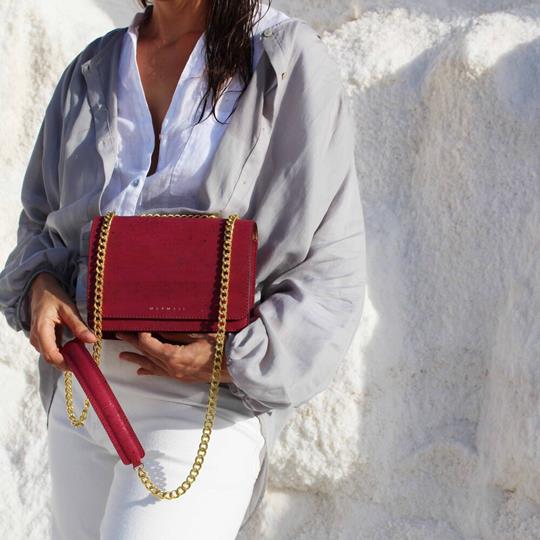
Crossbody bag made out of cork from Murmali
Cotton
What is Cotton?
Cotton is the most frequently used fibre on the planet – either in clothes, makeup remover pads or bed sheets.7 Unfortunately, the popular use of cotton makes it a very problematic and unsustainable material to wear or use.
The production of regular cotton consumes about 1/4 of all insecticides in the world and 3% of all drinking water. This doesn't only have a negative effect on the environment but on our fellow humans too.
Between 25 to 77 million agriculture workers worldwide suffer from acute pesticide poisoning each year.8 They experience various symptoms from headaches, vomiting to seizures and even death.
Our freshwater resources are threatened too. Rivers in the USA, India, Pakistan, Uzbekistan, Brazil, Australia, Greece and West Africa are known to be contaminated by cotton pesticides.
So, whenever possible, try your best to stay away from regular cotton. Opt for organic cotton and recycled cotton or other more sustainable materials. You will definitely not know the difference – but our planet will.
Econyl
What is Econyl?
Econyl, also called recycled or waste nylon, is a strong and elastic fabric that is chemically identical to nylon but made out of synthetic waste.9,10 For instance, it can be made out of industrial plastic and fishing nets found in our oceans.
The aim behind Econyl is to create a closed-loop system: using less water and producing less waste than traditional nylon production.
Despite this, Econyl is still a man-made, synthetic and non-biodegradable fibre. This also means that it releases microfibres when washed. Microfibres then pollute our oceans which also harms sea life.11
The article continues below this image.

Bikini made with Econyl from WONDA swim
So, even though Econyl is not a perfect material, it is still better than regular nylon. Try to keep that in mind, when searching for new swimwear for this summer!
EcoVero / Lenzing
What is EcoVero/Lenzing?
EcoVero viscose is a very soft, comfortable and breathable fabric that is derived from sustainable wood and pulp. Almost all the chemicals used in the process are recovered and reused. Because of this, EcoVero viscose has up to 50% lower emissions and water use than regular viscose.12
The article continues below this image.
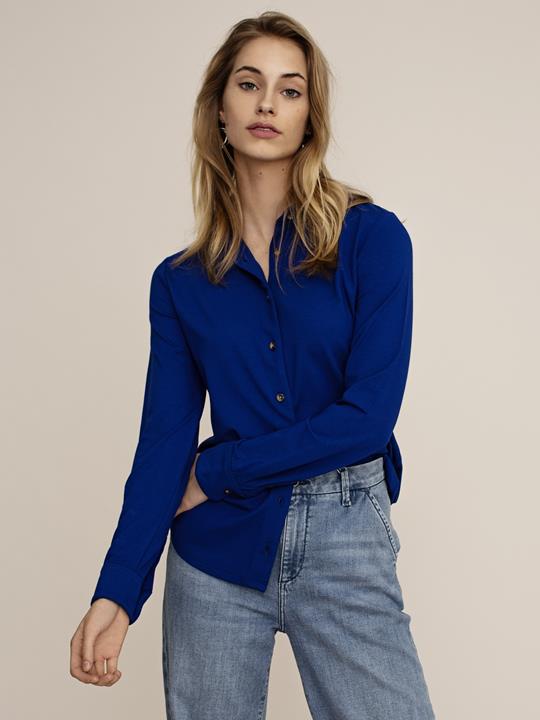
Shirt made with EcoVero from Arber Studio
Hemp
What is Hemp?
Hemp is a fabric made from the long strands of fibre that make up the hemp plant's stalk. Next to bamboo, it is one of the fastest-growing plants on the planet.
Hemp is also considered to be one of the most sustainable fabrics on Earth because it doesn't require any harsh chemicals or pesticides during its production.13
Hemp has the ability to draw water and nutrients from deeper soil layers because of its deep-growing type of root. This means that hemp can grow in most regions without being watered or fertilized.
When hemp is harvested, the roots are left in the soil which returns up to 60% of the nutrients back to the soil. This makes the soil more healthy and fertile instead of depleting it.14
To make sure that no damaging fertilizers were used during the production of hemp, check if the clothes you have your eyes on are made of hemp that is certified as organic.
If this sparked your curiosity and you'd like to read more about this magical fabric, we invite you to check out our blog The High Qualities of Hemp: meet MÁ Hemp Wear.
Linen
What is Linen?
Linen is a durable, breathable and recyclable fabric made from flax plant fibres.15 If linen is not dyed, it retains its biodegradable property.
The difference between linen and organic linen (GOTS-certified) is that organic linen guarantees that no harmful pesticide and toxic dyes were used in the process of making your clothes.
Linen is considered to be one of the most sustainable fabrics. And it also looks amazing. Just have a look at our linen collection by using the materials filter option.
Lyocell / Tencel
What is Lyocell/Tencel?
Tencel is a sustainable, naturally antibacterial and compostable material entirely made from wood.16 Its strong threads are spun from the wood pulp of eucalyptus trees through an environmentally responsible closed-loop factory process. This process recycles processed water and reuses the solvent – at a recovery rate of more than 99%.
Amazing, right? Maybe it's time to hang a Live, Laugh, Lyocell poster in your home!
The terms Tencel and lyocell are often used interchangeably. So, what is the difference? Tencel is actually the patented brand name of the lyocell fabric.
And of course, you can find Tencel/lyocell in our department store too. But if you need some Tencel-outfit inspiration first, have a look at our blog on this miraculous fabric that Tencel is.
The article continues below this image.

Dress made from Tencel from Kings of Indigo
Modal
What is Modal?
Modal is a silky-smooth, soft, breathable and flexible fabric that was developed as an alternative to silk, a fabric that is not that ethical nor sustainable as you might think. Modal doesn't crease or shrink and it also drapes well.17
The sustainability of modal depends on its manufacturer and sourcing practices. Lenzing Modal, also called Tencel Modal, uses more sustainable wood sources. It also promises carbon neutral production that requires less land and water than other fabrics.
The article continues below this image.

Yellow top made from Modal from Jyoti Fair Works
Organic Cotton
What is Organic Cotton?
Organic cotton is cotton that is grown in line with organic standards including crop rotation, no use of toxic chemicals or GMOs and less water and energy use.
Organic cotton is a better alternative to regular cotton in both environmental and societal impacts. However, when comparing regular cotton, organic cotton and recycled cotton, recycled cotton definitely wins.
The article continues below this image.

Cardigan made from organic cotton from Sabinna
When buying clothes made out of organic cotton, make sure it is certified with a reliable certification program. The fashion industry is not regulated as much as we all would hope for. Basically, a brand can label a product as 'organic' even though it is not (or contains only a minimum amount of organic material).
So, keep an eye on Global Organic Textile Standard (GOTS), Organic Content Standard (OCS) or Recycled Claim Standard (RCS) certifications.
And definitely check out our organic cotton collection by using the materials filter option. You can truly find wonderful pieces there.
Organic Hemp
What is Organic Hemp?
Organic hemp is a fabric made from the long strands of fibre that make up the hemp plant's stalk and is certified as organic with a reliable certification.
Next to bamboo, it is one of the fastest-growing plants on the planet. Organic hemp is also considered to be one of the most sustainable fabrics on Earth because it doesn't require any harsh chemicals or pesticides during its production.13
Hemp has the ability to draw water and nutrients from deeper soil layers because of its deep-growing type of root. This means that hemp can grow in most regions without being watered or fertilized.
When hemp is harvested, the roots are left in the soil which returns up to 60% of the nutrients back to the soil. This makes the soil more healthy and fertile instead of depleting it.14
The article continues below this image.
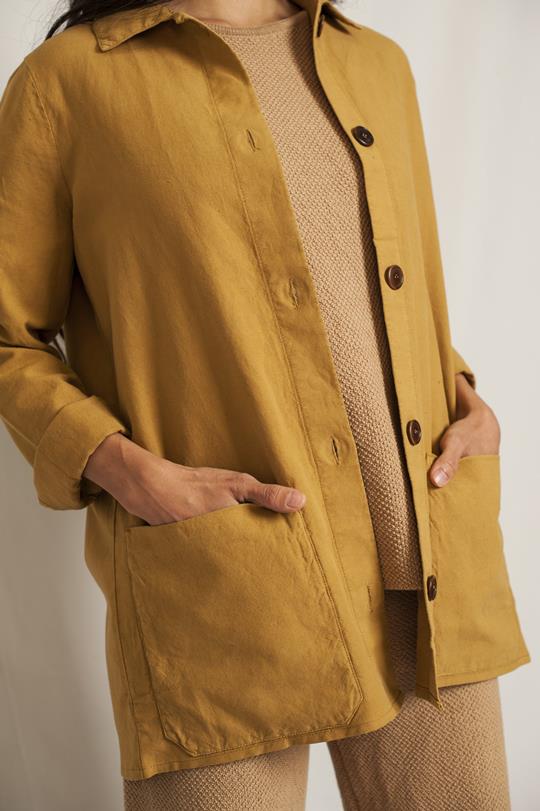
Jacket made with organic hemp from L'Envers
If this sparked your curiosity and you'd like to read more about this magical fabric, we invite you to check out our blog The High Qualities of Hemp: meet MÁ Hemp Wear.
Organic Linen
What is Organic Linen?
Organic linen is a durable, breathable and recyclable fabric made from flax plant fibres.15 If linen is not dyed, it retains its biodegradable property.
Luckily, the Global Organic Textile Standard (GOTS) also certifies linen, so you can be sure that GOTS-certified linen is actually organic. This means that no harmful pesticides and toxic dyes were used in the process of making your linen clothes.
Organic linen is considered to be one of the most sustainable fabrics. So, it is definitely worth the investment. And have we mentioned how beautiful this fabric is? Just have a look at our organic linen collection by using the materials filter option.
The article continues below this image.

Timeless top made with organic linen from J LABEL
Piñatex (Pineapple Leather)
What is Piñatex (Pineapple Leather)?
Piñatex is a biodegradable, non-woven textile made from waste – a byproduct from an existing harvest. More specifically, it is made from a pineapple leaf fibre which is traditionally discarded or burned. So, instead of this material being wasted, it is given a second life. This means that no additional environmental resources are required for raw materials!18
So, how exactly is this pineapple leather made? After the harvest, the fibres are washed, dried and purified. The fibre is then combined with corn-based polylactic acid which creates the base for Piñatex. Then, this vegan leather is coloured using GOTS-certified pigments.
Once the fibre has been stripped from the leaf, the leftovers can be used as a natural fertiliser or bio-fuel, offering a further environmental prospect.
Piñatex is also a more sustainable and ethical alternative to leather (because the leather industry is extremely unethical and unsustainable).
The article continues below this image.

Sneakers made with Piñatex from All My Eco
It isn't just the environmental aspect that is worth mentioning. Piñatex production creates more possibilities of earning an income in farming communities. So, seeing 'waste' as a material that can be reused is not only great for our Mama Earth – but also for our fellow humans.
Currently, Piñatex creates an additional stream of income in the Philippines. As Piñatex grows in popularity, more opportunities for pineapple farmers in other parts of the world will be created. How awesome!
In our department store, you can find our Piñatex collection by simply using the materials filter option. If pineapple leather doesn't do it for you, don't worry – there are 6+ vegan leather alternatives out there.
Recycled Cotton
What is Recycled Cotton?
Recycled cotton is cotton made out of post-industrial and post-consumer cotton waste. Recycled cotton is definitely more sustainable than regular or organic cotton. It doesn't require as much water and energy consumption and it saves textile from ending up in landfills or being burned.
The process of shredding into a spun fibre is far more difficult. So, recycled cotton often needs to be combined with other fibres to improve the fabric's strength and uniformity.
The article continues below this image.
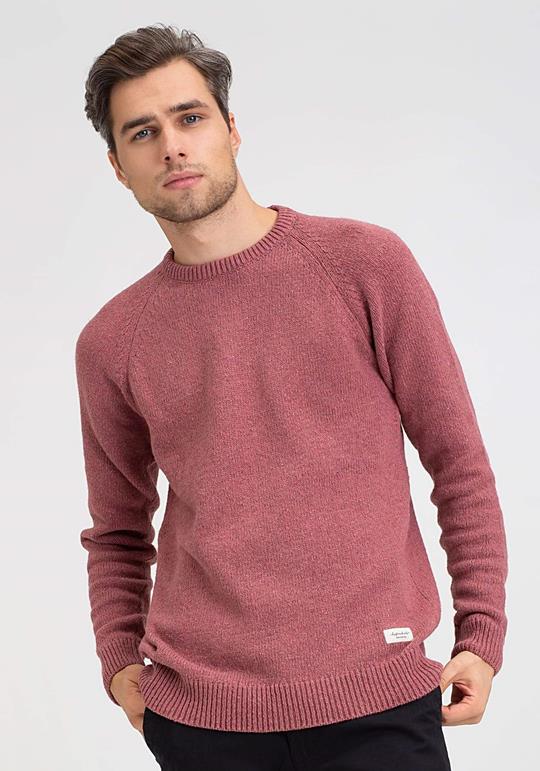
Jumper made with recycled cotton from Hafendieb
Recycled Plastic
What is Recycled Plastic?
Recycled plastic is a non-biodegradable synthetic material that is made out of already existing plastic. For instance, it can be made from fishing nets or plastic water bottles found in our oceans.
Recycled plastic can be considered as a sustainable material because it uses waste to create a valuable product. So, it can actually prevent waste. However, it is still a man-made, non-biodegradable material that releases microfibres every time it gets washed.19 Microfibres then pollute our oceans which also harms sea life.11
The article continues below this image.
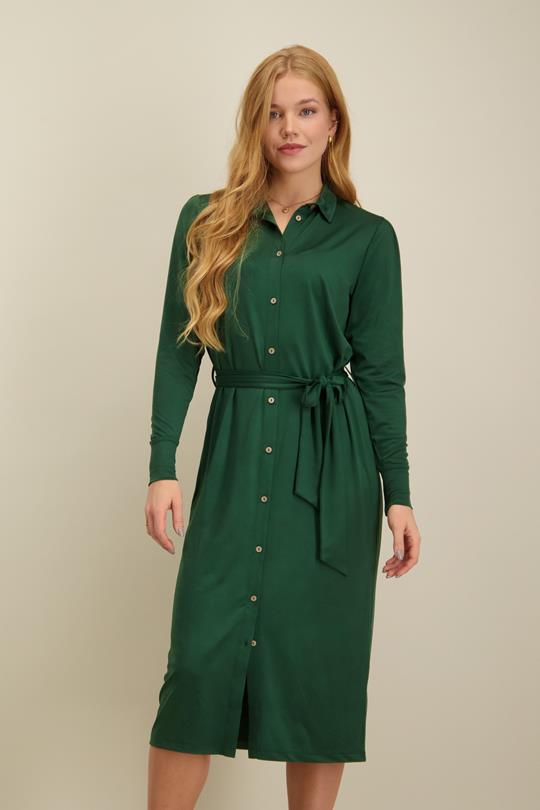
Dress made with recycled plastic from Common and Sense
In short, recycled synthetic materials are better and more sustainable than non-recycled synthetic materials. Still, washing clothes made of (recycled) synthetic materials too often can still cause some damage to our environment. Honestly, doing laundry less often never killed nobody. Does this proverb already exist?
If you are curious about beautiful clothes made from fishing nets and plastic water bottles, have a look at our recycled plastic collection by using the materialsfilter option.
Have you found your favourite vegan and sustainable material?
We hope this blog on vegan fashion materials was useful. As this article is a work in progress, we will be continuously adding more vegan materials to the list.
Sources
1. 'These chunky dad trainers are made from sustainable material-of-the-moment - apple (!) - and we want a pair immediately.' Ch, Teather. 2019
2. 'The eco-friendly leather bag made of apple scraps.' Ch, Riccio. 2015
3. 'What is Bamboo Fabric and is It Sustainable?' Sustainable Jungle. n.d.
4. 'Material Guide: Is Bamboo Fabric Sustainable?' Y, Hymann. 2020
5. 'Here Are The Six Most Sustainable Vegan Fabrics.' I, Wolfe. 2018
6. 'What makes cork sustainable and versatile: insights into a wonder material.' ReCORK. 2019
7. 'The Story of Cotton.' Cotton Acres. n.d.
8. 'The Deadly Chemicals in Cotton.' Environmental Justice Foundation. n.d.
9. 'Material Guide: How Sustainable Is ECONYL?' D, Carruthers. 2019
10. 'What is Econyl Fabric: Properties, How its Made and Where.' B, Hodakel. 2021
11. 'How your clothes are poisoning our oceans and food supply.' L, Messinger. 2016
12. 'the new standard in eco-responsible viscose.' EcoVero. n.d.
13. 'Hemp: American history revisited: the plant with a divided history.' R, Deitch. 2003
14. 'Environmental benefits of hemp.' EAP. n.d.
15. 'Material Guide: How Sustainable is Linen?' C, Newman. 2020
16. 'Fiber story.' Tencel. n.d.
17. 'What Is Modal Fabric And Does It Live Up To The Hype?' Sustainable Jungle. n.d.
18. 'Responsibility.' Ananas Anam. n.d.
19. 'Ins and Outs of Recycled Plastic Clothing.' I, Wolfe. 2019
.jpg)
 T-shirts & tops
T-shirts & tops  Blouses & overhemden
Blouses & overhemden 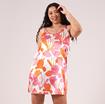 Jurken
Jurken  Rokken
Rokken 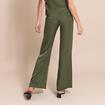 Broeken
Broeken  Jeans
Jeans 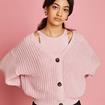 Gebreide truien & vesten
Gebreide truien & vesten  Hoodies & sweatshirts
Hoodies & sweatshirts 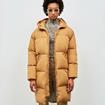 Jassen & blazers
Jassen & blazers 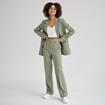 Pakken & co-ord sets
Pakken & co-ord sets  Lingerie & ondergoed
Lingerie & ondergoed 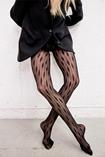 Beenmode
Beenmode  Lounge & nachtkleding
Lounge & nachtkleding  Sportkleding
Sportkleding  Jumpsuits & tuinbroeken
Jumpsuits & tuinbroeken 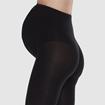 Zwangerschapskleding
Zwangerschapskleding 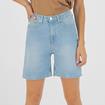 Shorts
Shorts .jpg) Zwemkleding
Zwemkleding 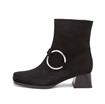
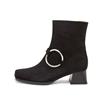 Laarzen & boots
Laarzen & boots  Sneakers
Sneakers 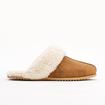 Pantoffels
Pantoffels  Hakken & pumps
Hakken & pumps 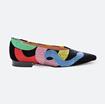 Loafers & ballerina's
Loafers & ballerina's 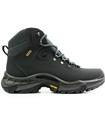 Wandelschoenen & sportschoenen
Wandelschoenen & sportschoenen 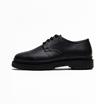 Veterschoenen
Veterschoenen 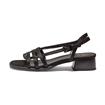 Sandalen & slippers
Sandalen & slippers  Schoenverzorging & accessoires
Schoenverzorging & accessoires 
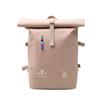 Rugzakken
Rugzakken 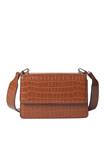 Crossbodytassen
Crossbodytassen 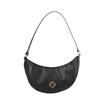 Handtassen
Handtassen  Schoudertassen
Schoudertassen 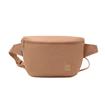 Heuptassen
Heuptassen 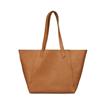 Shoppers & totes
Shoppers & totes  Laptoptassen & werktassen
Laptoptassen & werktassen 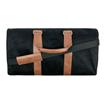 Weekendtassen & sporttassen
Weekendtassen & sporttassen  Clutches
Clutches  Toilettassen
Toilettassen 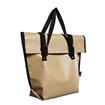 Fietstassen
Fietstassen 
.jpg) Hoeden, petten & mutsen
Hoeden, petten & mutsen  Sjaals
Sjaals 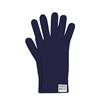 Handschoenen
Handschoenen 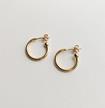 Sieraden
Sieraden 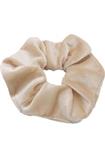 Haaraccessoires
Haaraccessoires 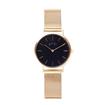 Horloges
Horloges 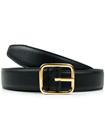 Riemen
Riemen 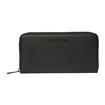 Portemonnees
Portemonnees  Zonnebrillen
Zonnebrillen 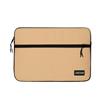 Laptophoezen & telefoonhoesjes
Laptophoezen & telefoonhoesjes  Sleutelhangers
Sleutelhangers 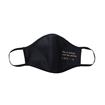 Mondkapjes
Mondkapjes 
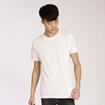 T-shirts & polo's
T-shirts & polo's 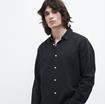 Overhemden
Overhemden 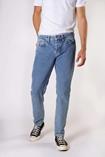 Jeans
Jeans 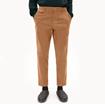 Broeken
Broeken  Jassen & blazers
Jassen & blazers  Gebreide truien & vesten
Gebreide truien & vesten  Hoodies & sweatshirts
Hoodies & sweatshirts 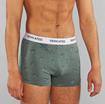 Ondergoed
Ondergoed  Sokken
Sokken  Sportkleding
Sportkleding 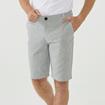 Korte broeken & shorts
Korte broeken & shorts 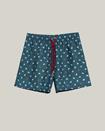 Zwemkleding
Zwemkleding  Lounge & nachtkleding
Lounge & nachtkleding 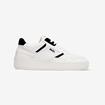 Sneakers
Sneakers 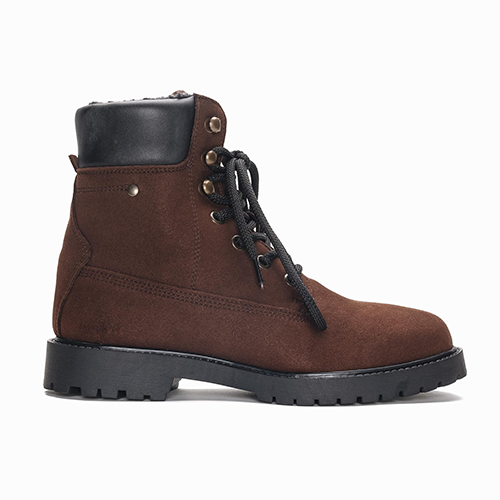 Laarzen & boots
Laarzen & boots 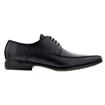 Nette schoenen
Nette schoenen 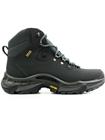 Wandelschoenen & sportschoenen
Wandelschoenen & sportschoenen  Pantoffels
Pantoffels  Loafers & instappers
Loafers & instappers 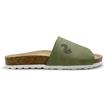 Slippers & sandalen
Slippers & sandalen 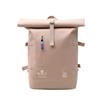
 Rugzakken
Rugzakken 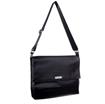 Schoudertassen
Schoudertassen 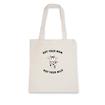 Katoenen tassen
Katoenen tassen 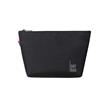 Toilettassen
Toilettassen 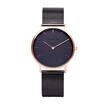
.jpg) Mutsen & petten
Mutsen & petten 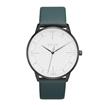 Horloges
Horloges  Riemen
Riemen 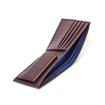 Portemonnees
Portemonnees  Vlinderdassen
Vlinderdassen  Zonnebrillen
Zonnebrillen 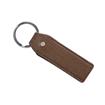 Sleutelhangers
Sleutelhangers 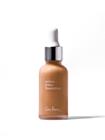
 Bronzer
Bronzer 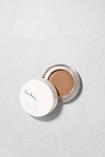 Concealer
Concealer  Poeder
Poeder  Blush
Blush  Highlighter
Highlighter 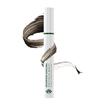
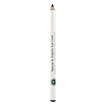 Eyeliner & oogpotlood
Eyeliner & oogpotlood 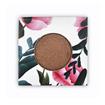 Oogschaduw
Oogschaduw 

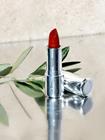 Lipstick
Lipstick 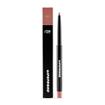 Lipliner
Lipliner  Lippenbalsem
Lippenbalsem 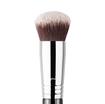

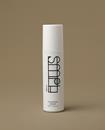 Gezichtsreiniger
Gezichtsreiniger 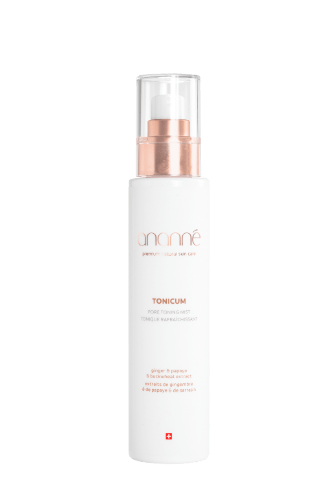 Toner
Toner 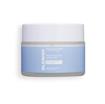 Exfoliant
Exfoliant  Serum
Serum 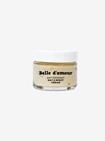 Moisturiser
Moisturiser 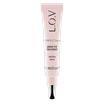 Oogcrème
Oogcrème 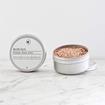 Gezichtsmaskers
Gezichtsmaskers 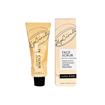 Gezichtsscrub
Gezichtsscrub 
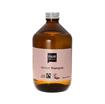 Shampoo
Shampoo  Conditioner
Conditioner 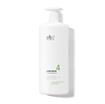 Haarverzorging
Haarverzorging 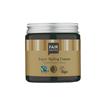 Haarstyling
Haarstyling 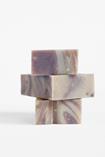
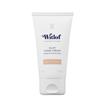 Handen & voeten
Handen & voeten 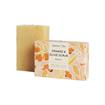 Bad & douche
Bad & douche  Bodylotion, butter & olie
Bodylotion, butter & olie 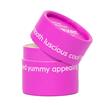 Deodorant
Deodorant  Mondverzorging
Mondverzorging 
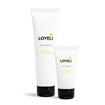


.jpg) Kaarsen & geurstokjes
Kaarsen & geurstokjes .jpg) Vazen & plantenpotten
Vazen & plantenpotten  Lampen
Lampen .jpg) Kussens
Kussens  Overige woondecoratie
Overige woondecoratie .jpg) Meubels
Meubels 
 Tafelen
Tafelen .jpg) Keukengerei
Keukengerei .jpg) Voorraadpotten
Voorraadpotten 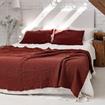
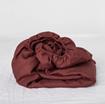 Lakens
Lakens  Dekbedovertrekken
Dekbedovertrekken 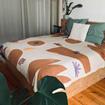 Plaids & dekentjes
Plaids & dekentjes 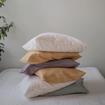 Kussenslopen
Kussenslopen 
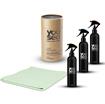 Schoonmaken
Schoonmaken 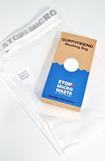 Waszakken
Waszakken .jpg)
.jpg)
.jpg) (Uitwisbare) notitieboeken
(Uitwisbare) notitieboeken 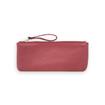 Etuis
Etuis .jpg)

 Kleding
Kleding 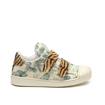 Schoenen
Schoenen  Tassen
Tassen 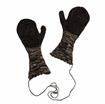 Accessoires
Accessoires  Speelgoed
Speelgoed 
 Kleding
Kleding  Accessoires
Accessoires 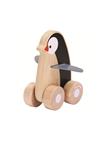 Speeltjes
Speeltjes 
